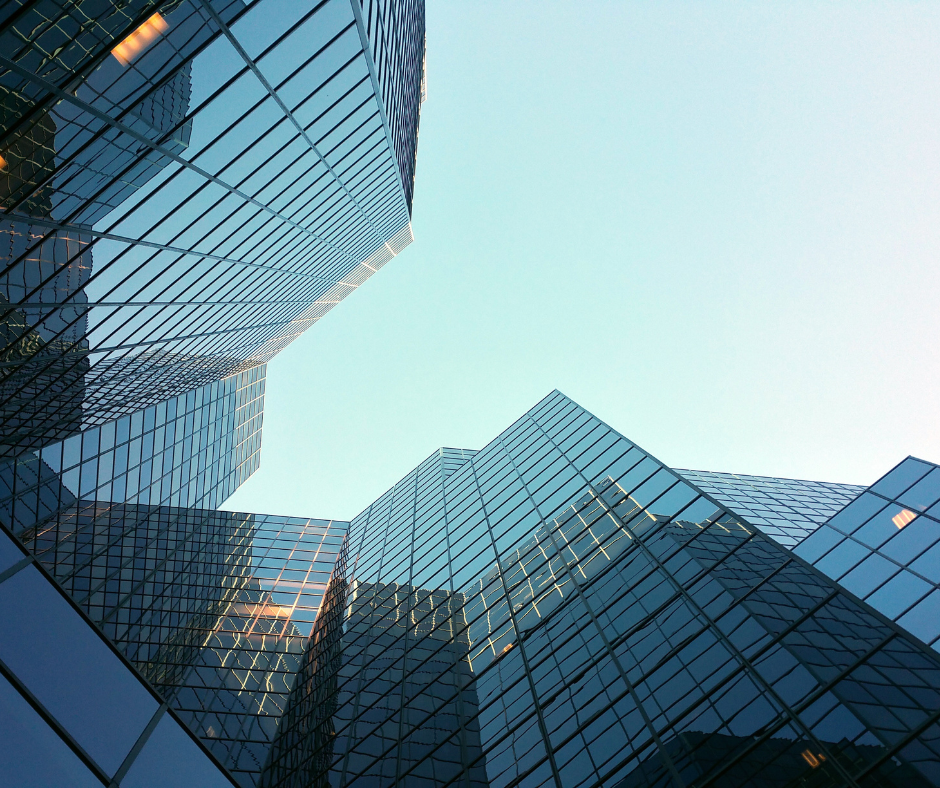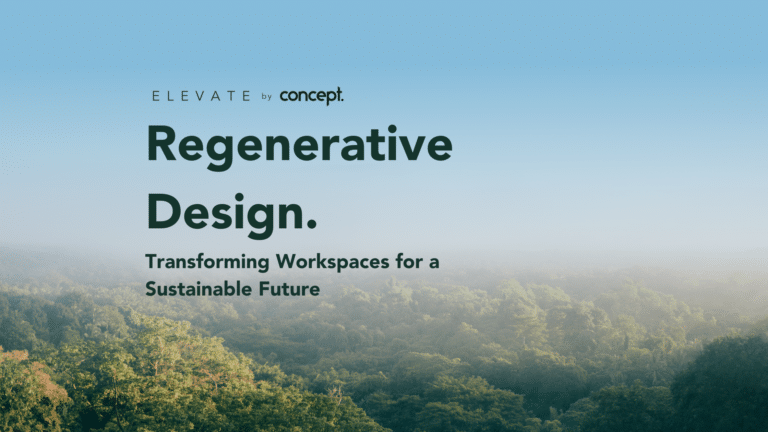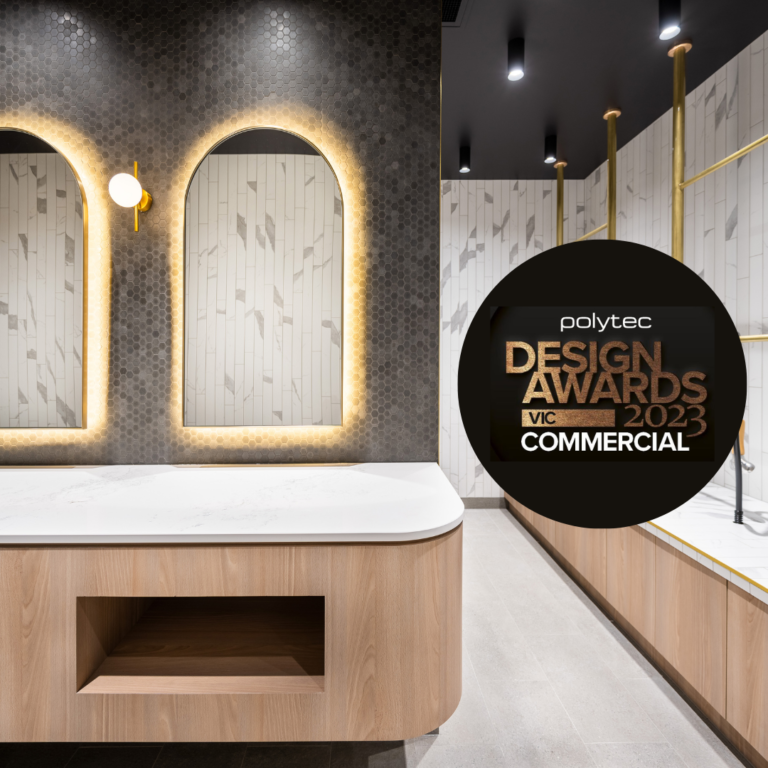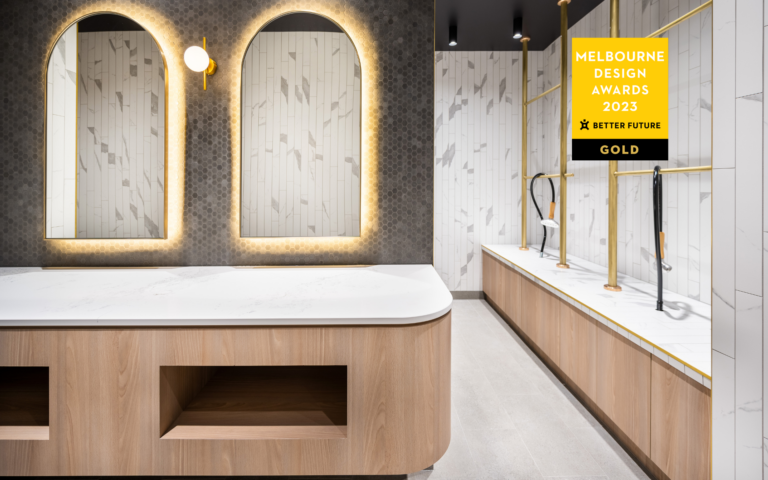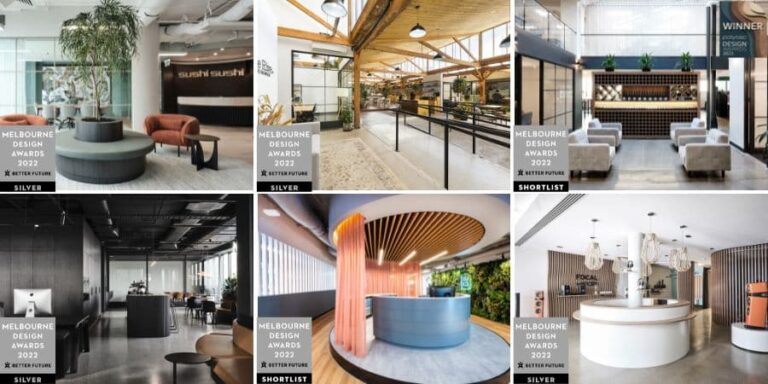In recent years, the prevailing narrative has been that the office is obsolete in the age of remote work. With video calls and collaboration platforms, the thinking goes, people can be just as productive working from home as they can working side-by-side in an office. However, there are some flaws in this assumption. Namely, it overlooks the ways in which bringing people physically together can spark innovation.
While remote work certainly has benefits, the office remains an unparalleled environment for driving the spontaneous connections and conversations from which great ideas emerge. In fact, rather than view the office as a hindrance to innovation, businesses should see it as a catalyst that can be strategically leveraged through design.

![]()
![]()
The Power of Proximity
Innovation rarely happens in isolation. It tends to arise through the cross-pollination of diverse perspectives, skill sets, and experiences. While digital tools connect people across distance, there’s still something uniquely productive about in-person interactions. Being able to pick up on facial cues and body language allows for richer communication. Unplanned hallway chats open opportunities for colleagues to share challenges or recent discoveries. Meetings can evolve more organically when people are in the same room.
This proximity enables the type of serendipitous encounters from which breakthroughs can emerge. Being in close physical proximity lays the foundation for the weak ties that are so critical for spreading information and new ideas across an organisation. It’s these casual conversations around the coffee machine or copier that enable people to connect dots and combine insights in entirely new ways.
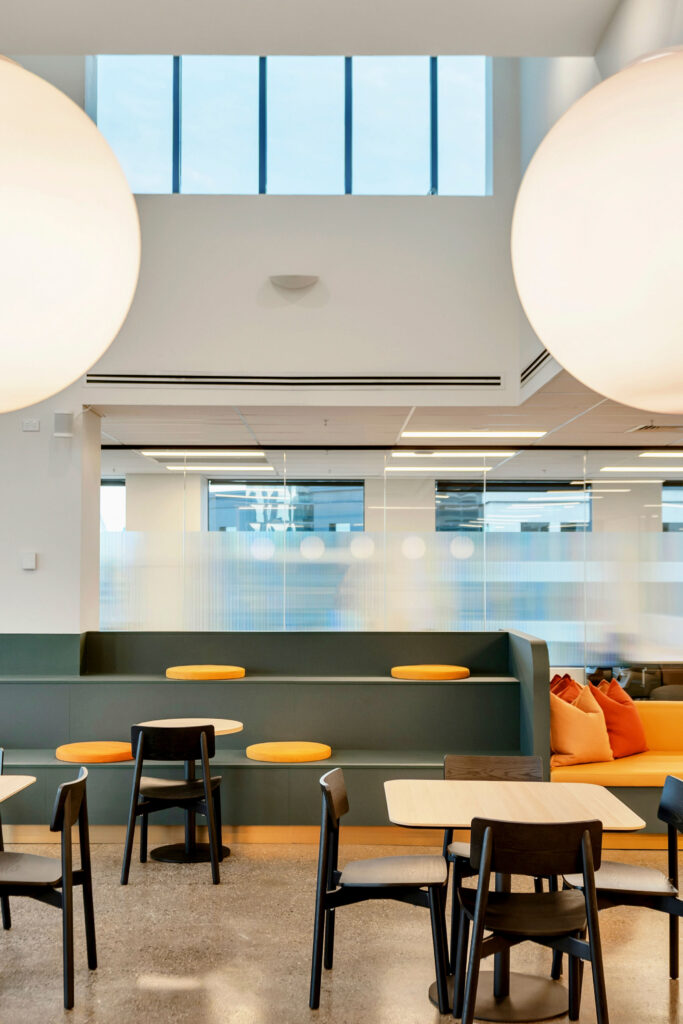
Designing for Innovation
Rather than assume innovation will spontaneously occur, businesses can take proactive steps to optimize their offices to drive creative output. This begins with laying out space to encourage chance collisions between colleagues. Common gathering spots conducive to informal mingling are a must, but care should also be taken in the placement of individual workstations and team spaces. Spreading collaborative areas throughout the office raises the odds that employees from disparate teams will have impromptu exchanges.
The office environment should also provide abundant access to both analog and digital information to fuel individual exploration. Spaces for tackling creative work or troubleshooting problems will enable people to take half-formed ideas and develop them more substantively. Teams require meeting rooms equipped with generous whiteboard space, large digital displays, and video conferencing technology to collaborate effectively. In the case of Concept, we have our samples library for designers to collaborate over tangible mood boards.
While remote work allows people to communicate from a distance, bringing your team together under the same roof opens opportunities for the organic, face-to-face exchanges from which innovation can emerge. Rather than write off the office, view your workplace as a strategic asset that—if properly leveraged—can pay dividends in the form of new products, services, and solutions brought about through enhanced creativity, cross-pollination, and collaboration.
The office may never look quite the same as it did pre-pandemic, but its enduring value is keeping talented minds close enough together to spark the next big idea.
Get inspired by the some of the workspaces created by Concept here.
